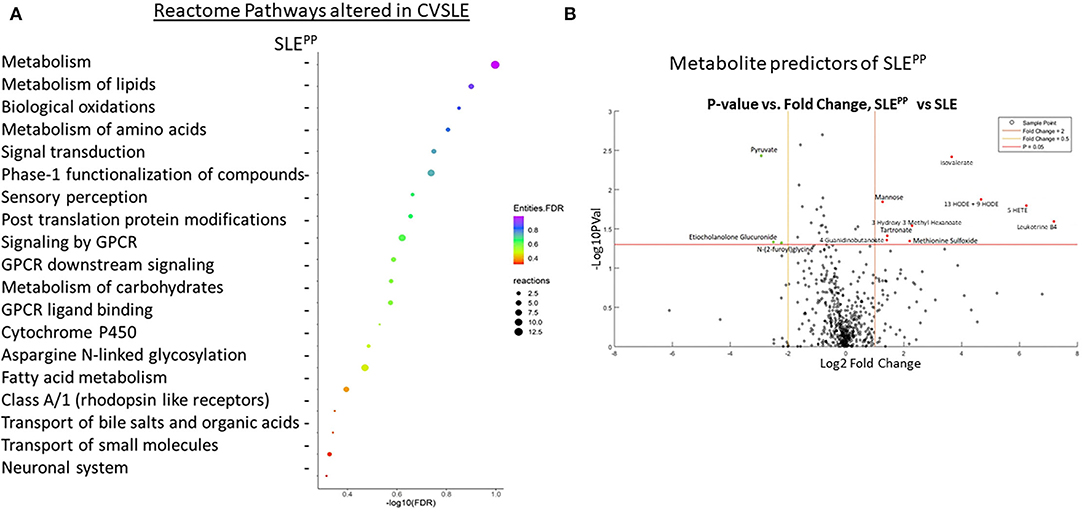2022-06-02 ノースカロライナ州立大学(NCState)
米英の研究者が主導した新しい研究によるこの発見は、魚の愛好家やモスキートフィッシュを生態学的・進化学的研究のモデルとして利用する科学者にとって重要なだけでなく、他の動物における共食いの原因や頻度を説明するのにも役立つ可能性がある。
<関連情報>
- https://news.ncsu.edu/2022/06/fish-cannibalism-rare-in-wild-study-finds/
- https://onlinelibrary.wiley.com/doi/full/10.1002/ece3.8872
資源競争は活魚の自然界における稀な共食いを説明する Resource competition explains rare cannibalism in the wild in livebearing fishes
Rüdiger Riesch,Márcio S. Araújo,Stuart Bumgarner,Caitlynn Filla,Laura Pennafort,Taylor R. Goins,Darlene Lucion,Amber M. Makowicz,Ryan A. Martin,Sara Pirroni,R. Brian Langerhans
Ecology and Evolution Published: 16 May 2022
DOI:https://doi.org/10.1002/ece3.8872

Abstract
Cannibalism, the act of preying on and consuming a conspecific, is taxonomically widespread, and putatively important in the wild, particularly in teleost fishes. Nonetheless, most studies of cannibalism in fishes have been performed in the laboratory. Here, we test four predictions for the evolution of cannibalism by conducting one of the largest assessments of cannibalism in the wild to date coupled with a mesocosm experiment. Focusing on mosquitofishes and guppies, we examined 17 species (11,946 individuals) across 189 populations in the wild, spanning both native and invasive ranges and including disparate types of habitats. We found cannibalism to be quite rare in the wild: most populations and species showed no evidence of cannibalism, and the prevalence of cannibalism was typically less than 5% within populations when it occurred. Most victims were juveniles (94%; only half of these appeared to have been newborn offspring), with the remaining 6% of victims being adult males. Females exhibited more cannibalism than males, but this was only partially explained by their larger body size, suggesting greater energetic requirements of reproduction likely play a role as well. We found no evidence that dispersal-limited environments had a lower prevalence of cannibalism, but prevalence was greater in populations with higher conspecific densities, suggesting that more intense resource competition drives cannibalistic behavior. Supporting this conclusion, our mesocosm experiment revealed that cannibalism prevalence increased with higher conspecific density and lower resource levels but was not associated with juvenile density or strongly influenced by predation risk. We suggest that cannibalism in livebearing fishes is rare in the wild because preying on conspecifics is energetically costly and only becomes worth the effort when competition for other food is intense. Due to the artificially reduced cost of capturing conspecifics within confined spaces, cannibalism in captive settings can be much more frequent.


